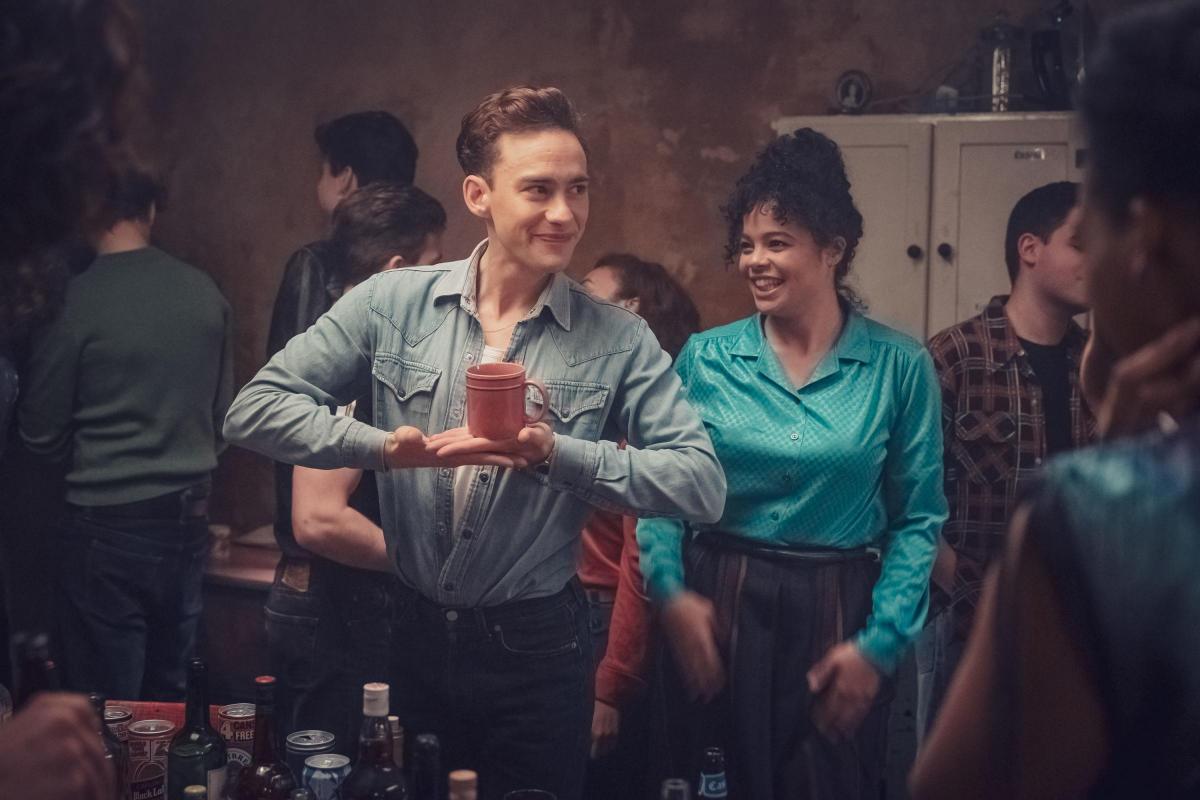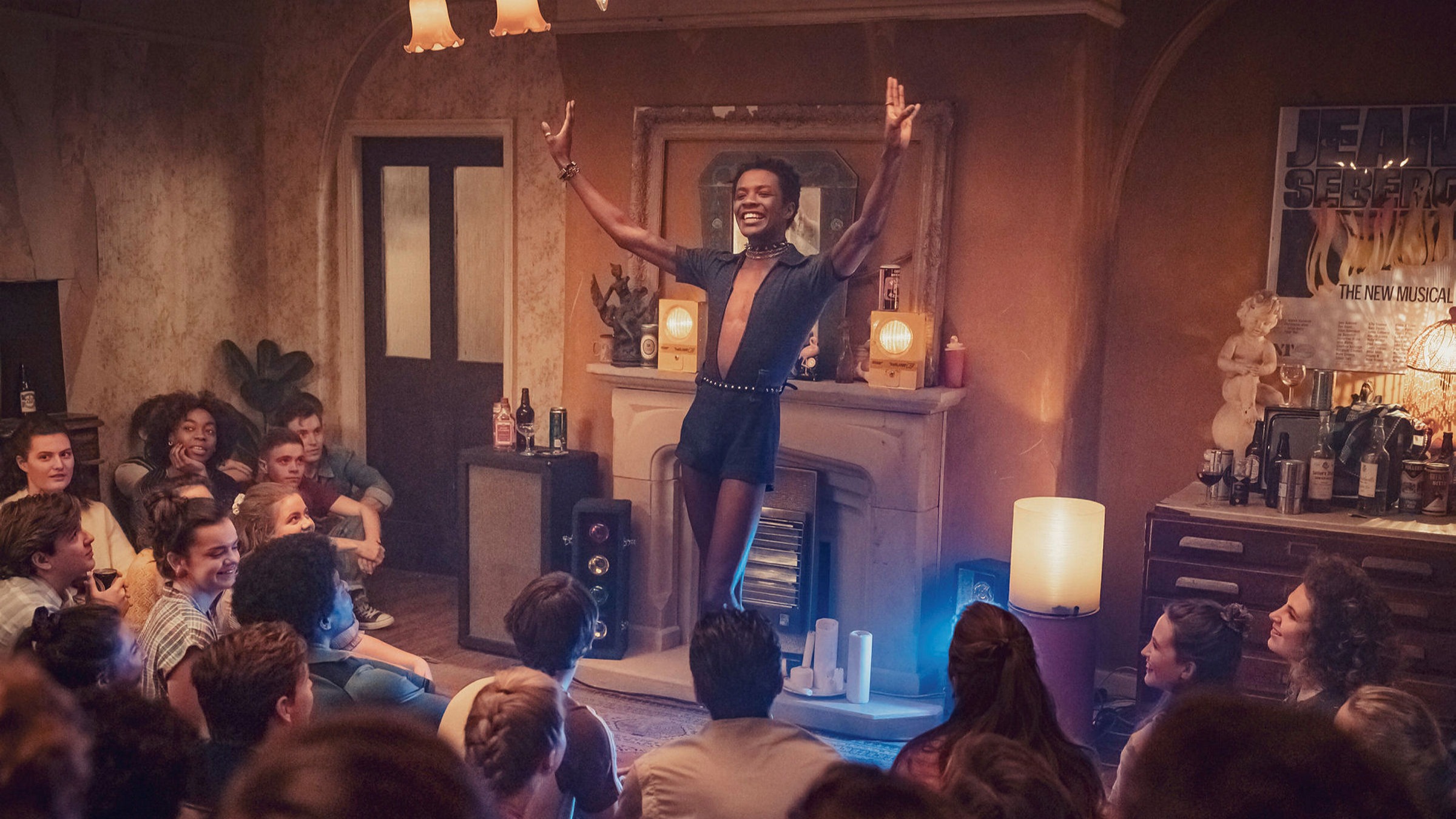News feed

Russell T Davies’ new show, It’s a Sin, follows the lives of a group of young gay men in the 1980s in London as word of the AIDs epidemic begins to spread through the community. The miniseries, which is set across five episodes, has been incredibly well-received – from five-stars by The Guardian to an almost impossible to achieve 9.1 rating on IMdB – but the high praise is completely justified.
At the show’s centre are three men, Ritchie (Olly Alexander), Roscoe (Omari Douglas) and Colin (Callum Scott Howells) who leave their family homes and move to London in 1981, aged 18. Joined by Richie’s best friend, Jill (Lydia West), and her friend, Ash (Nathaniel Curtis), who’s also gay, they move into a flat together and enjoy everything that London has to offer: new friends, nightlife and a lot of sex.
Roscoe, who had to flee a deeply religious household set on driving the homosexuality out of him by sending him to Nigeria, and Richie, who left a loving but homophobic home, especially find solace in their new chosen family, and in the joy of being young, free and having the world at their fingertips. Colin, meanwhile, who’s moved to the city from Wales, is quieter and avoids the throws of nightlife his housemates indulge in, focused rather on his new job at a tailor’s where he befriends an older colleague, Henry (Neil Patrick Harris), who takes him under his wing and introduces him to his partner, Pablo, who he’s been living with for 30 years.

As word of a disease killing predominantly gay men spreads across the Atlantic, It’s a Sin shows Richie talking loudly at the pub to anyone who will listen about how hysterical and fake the news is. The scene perfectly encapsulates how untrusting of the government queer people were in the ‘80s, after years of being shunned, ignored and abused. This is just 14 years after homosexuality was decriminilised in the UK after decades of it being dubbed a sickness, after all.
During a global pandemic, which began as whispers of a disease spreading through Wuhan, China to something that quickly expanded across the globe, prompting hospitals to overflow, entire cities to shut down and the deaths of over two million people – and counting, It’s a Sin hits differently right now. With the rise of Q-Anon, anti-maskers and conspiracy theories about COVID-19 being fake, it’s easier than ever to imagine how terrifying the rise of the AIDs epidemic would have been, how many rumours would have been spread, and how confused, terrified and helpless gay people at the centre of it all would have felt.

Not only does It’s a Sin show how woefully inadequate and incompetent government responses were to the epidemic, but, perhaps its most poignant storyline is that of encompassing how shameful those who contracted AIDs felt, due in large part to the way that gay men had been treated by the world around them. Hiding their illnesses from their friends, families and workplaces, It’s a Sin shows those diagnosed alone in their apartments, desperately confiding in one person to bring them food and supplies, and later, locked away in hospital rooms, kept from any contact with the outside world until their deaths.
Perhaps what makes It’s a Sin such a masterpiece is that it manages to be sexy, fun and flirtatious – showing exactly how young people would have acted in London in the ‘80s – while still depicting how heartbreaking and horrendous the epidemic was. Touching on love, friendship and the importance of human contact, it’s a reminder to be gentle, considerate and caring to those around you. Yes, even the ones who’ve gone down the QAnon rabbit hole.









